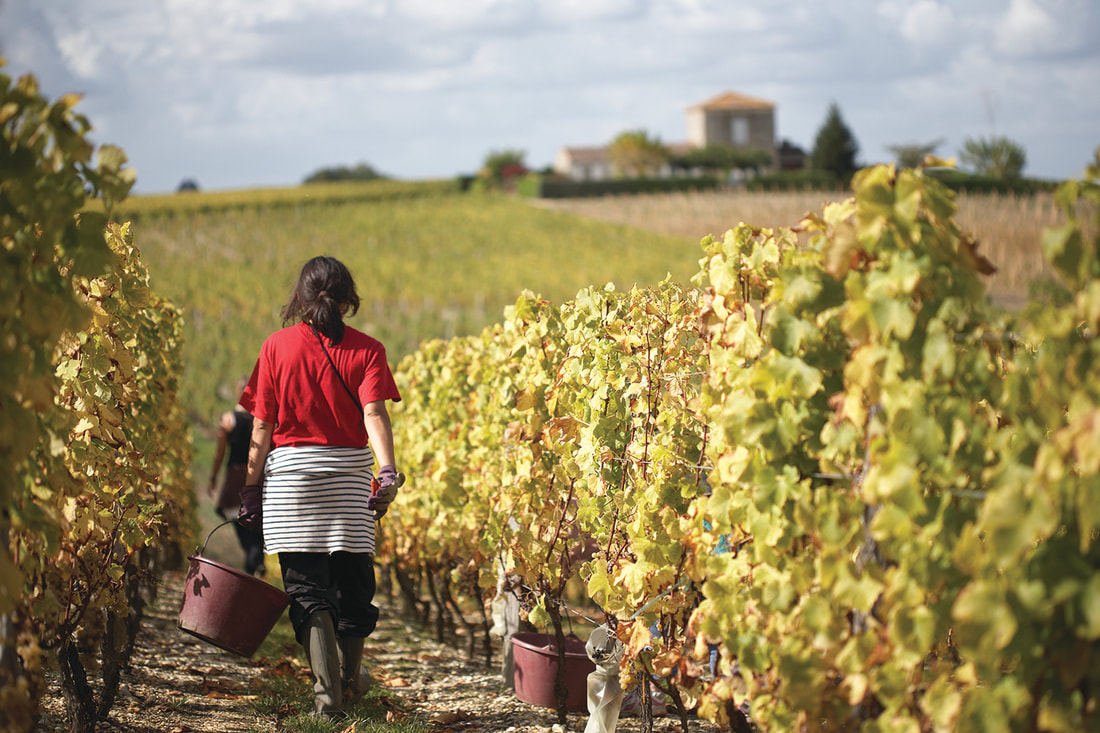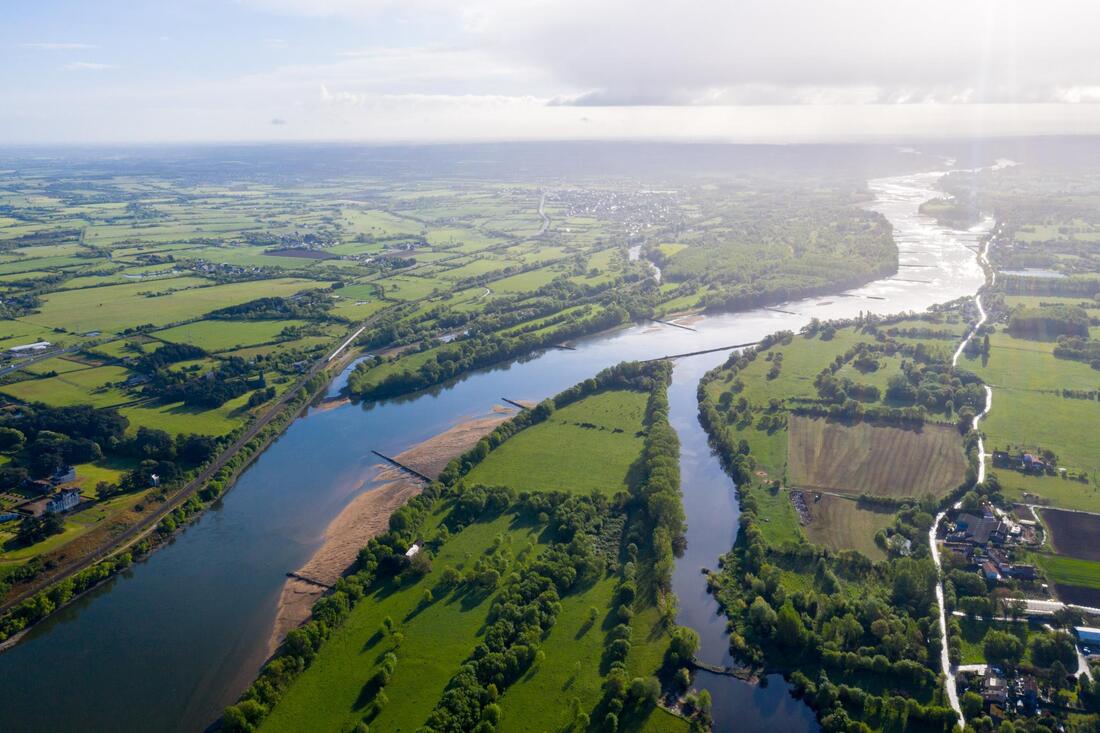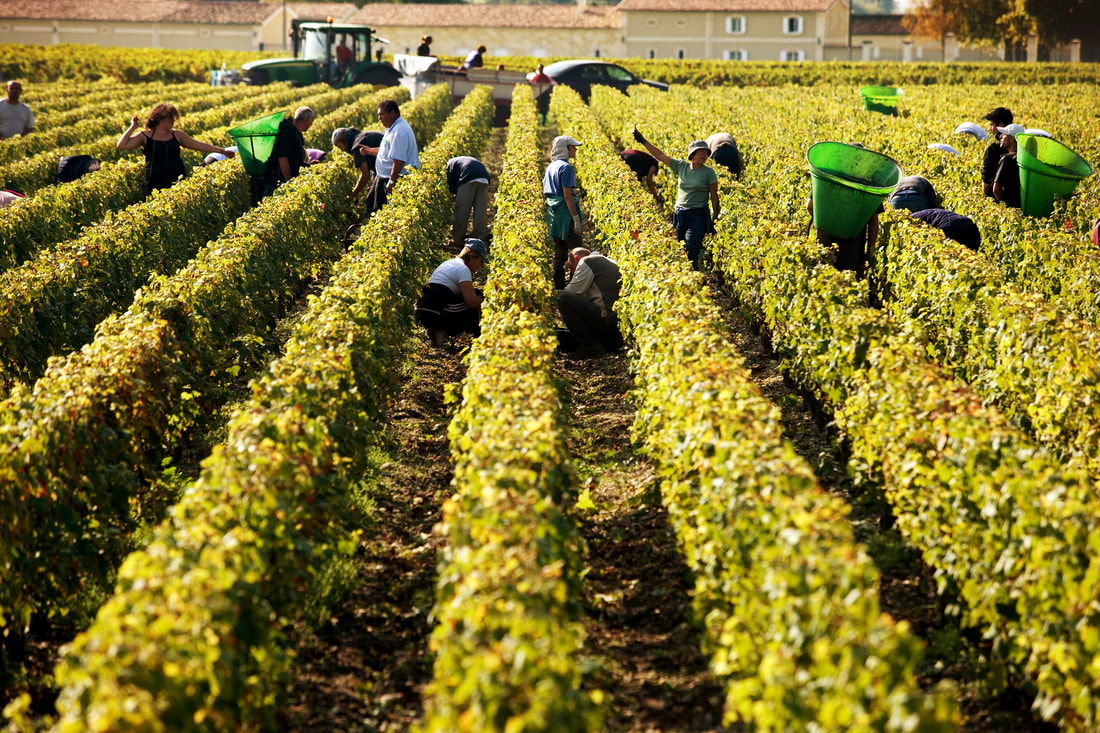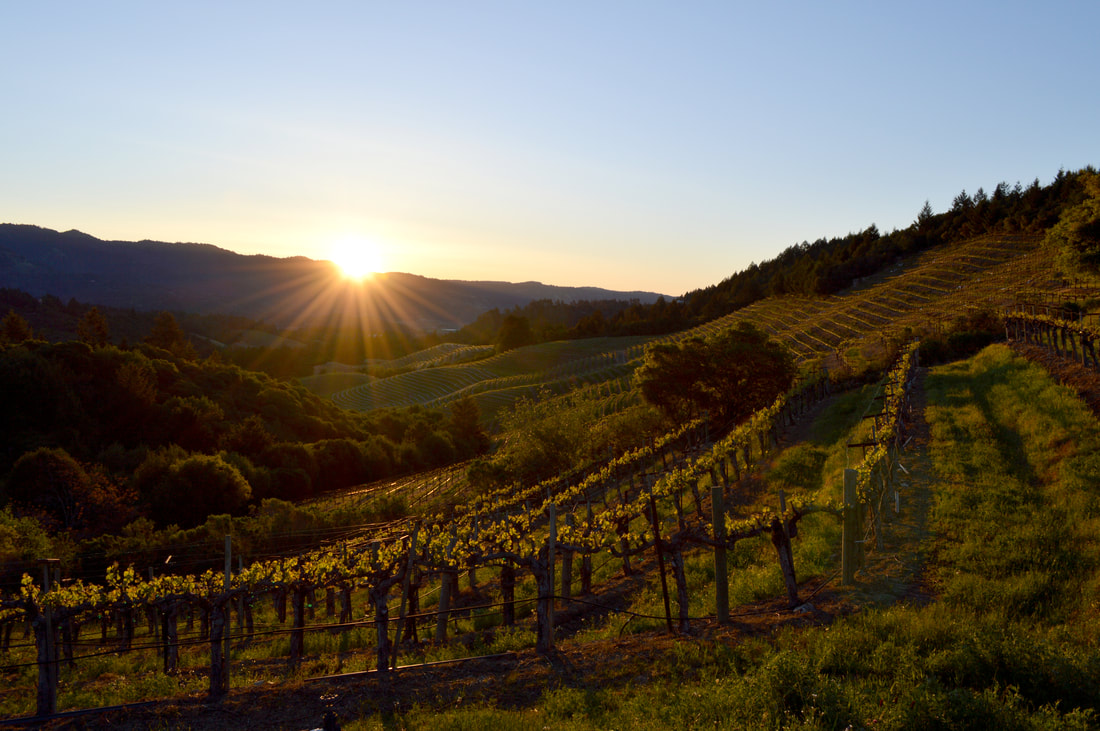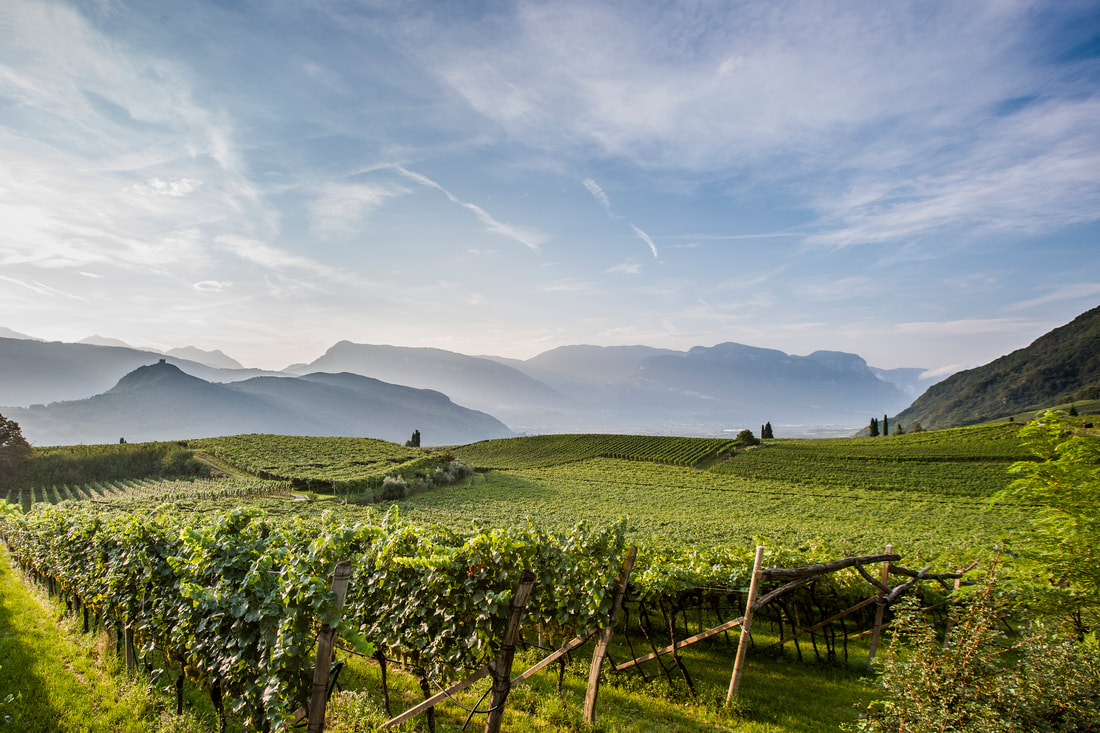Cabernet Sauvignon
Cabernet Sauvignon is the world’s most planted grape. This popularity is due to its ease of cultivation, thick-skinned grapes, hardy vines, and vigorous growth. This varietal is resistant to rot and insects and buds late, which helps to avoid frost. It is typically low-yielding, which helps concentrate flavors.
Common Synonyms
- Common: None
- Rare synonyms: Bouche, Petite-Bouche, Petite Cabernet, Vidure, Petite-Vidure, and Sauvignon Rouge. In Spain it is called Burdeos Tintos.
- Labeling: American "Cabernet Sauvignon" may contain up to 25% other grapes.

